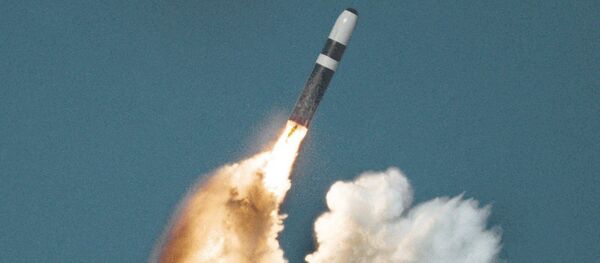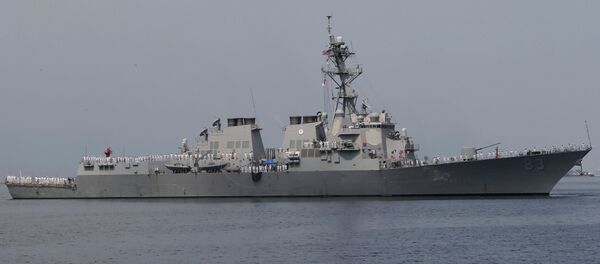The test, which was carried out from the Point Mugu Sea Range off the coast of California, was a success, according to Rick Lehner, a spokesman for the US Missile Defense Agency.
His praise was echoed by Taylor Lawrence, president of Raytheon's missile systems business, who said that "the success of this test keeps the program on track for a 2018 deployment at sea and ashore."
The United States reportedly spent more than two billion on the program, while Japan contributed around one billion dollars to the project.
The SM-3 IIA is a modified version of an earlier SM-3 missile, which is compatible with the US Aegis combat system designed to destroy incoming ballistic missile threats in space.
More powerful rocket motors and key technology improvements will allow the new missile to protect larger regions from short- to intermediate-range ballistic missile threats.
The goal of Saturday's non-intercept test was to analyze performance of the missile's nosecone, steering control section and booster separation, US officials said.
On June 3, Raytheon published its 2014 Corporate Responsibility Report, which stressed the company's commitment to enriching the lives of people, strengthening its performance and reducing its impact on the planet. The report highlighted Raytheon's third consecutive recognition by The Civic 50, an NGO, as one of "the nation's most community-minded companies." Raytheon sells missiles to the United States as well as countries such as Japan, Israel, and Saudi Arabia.




